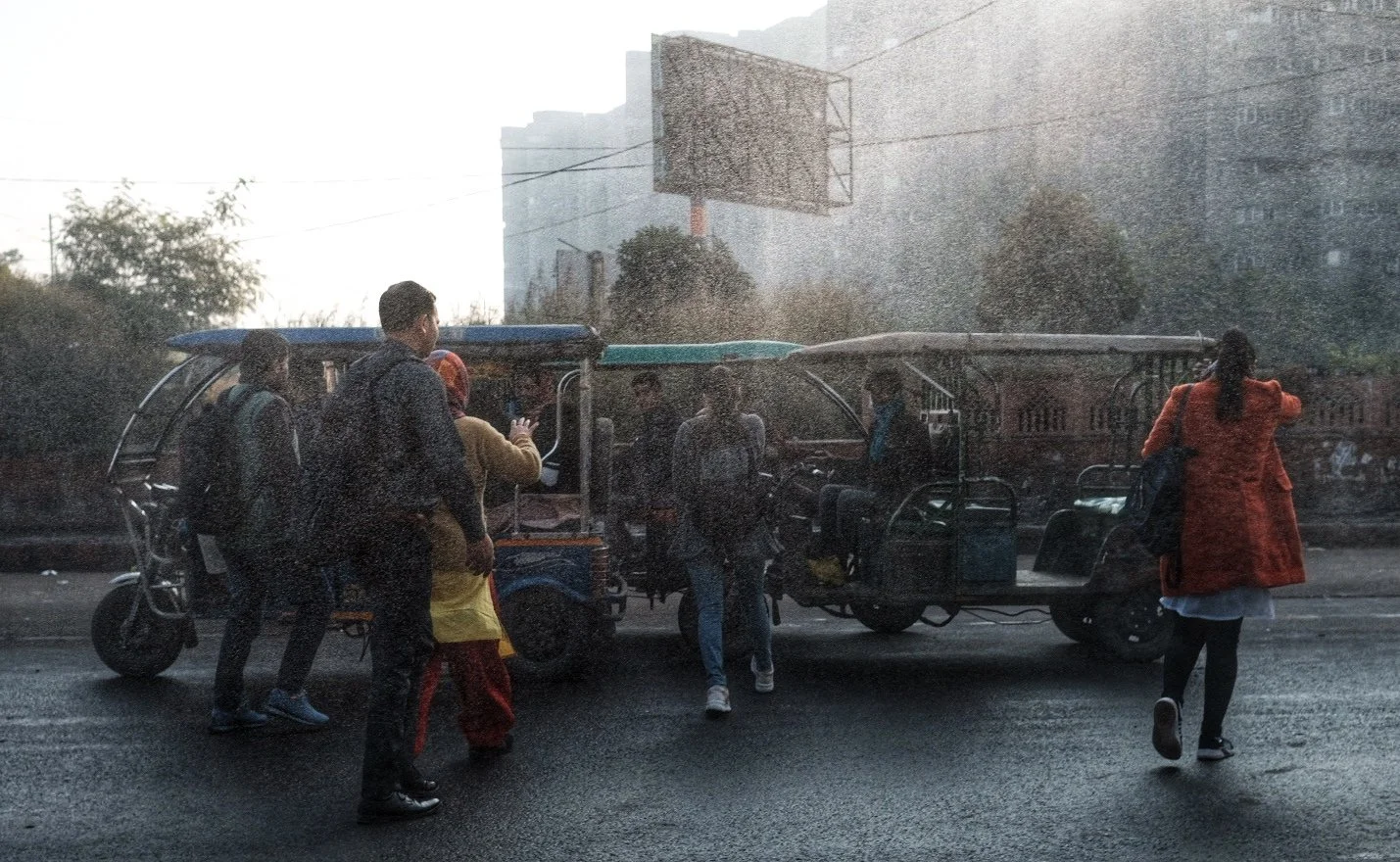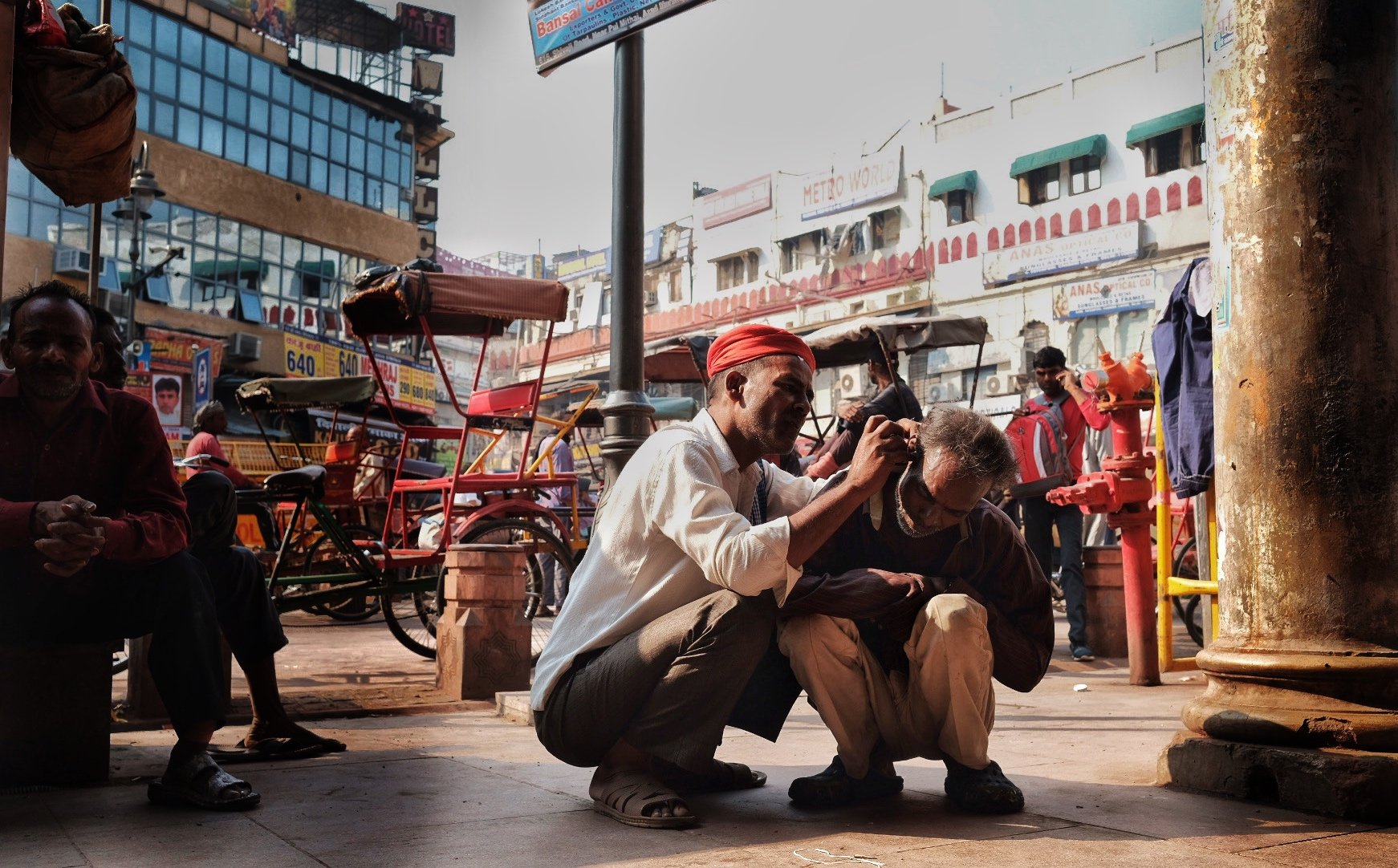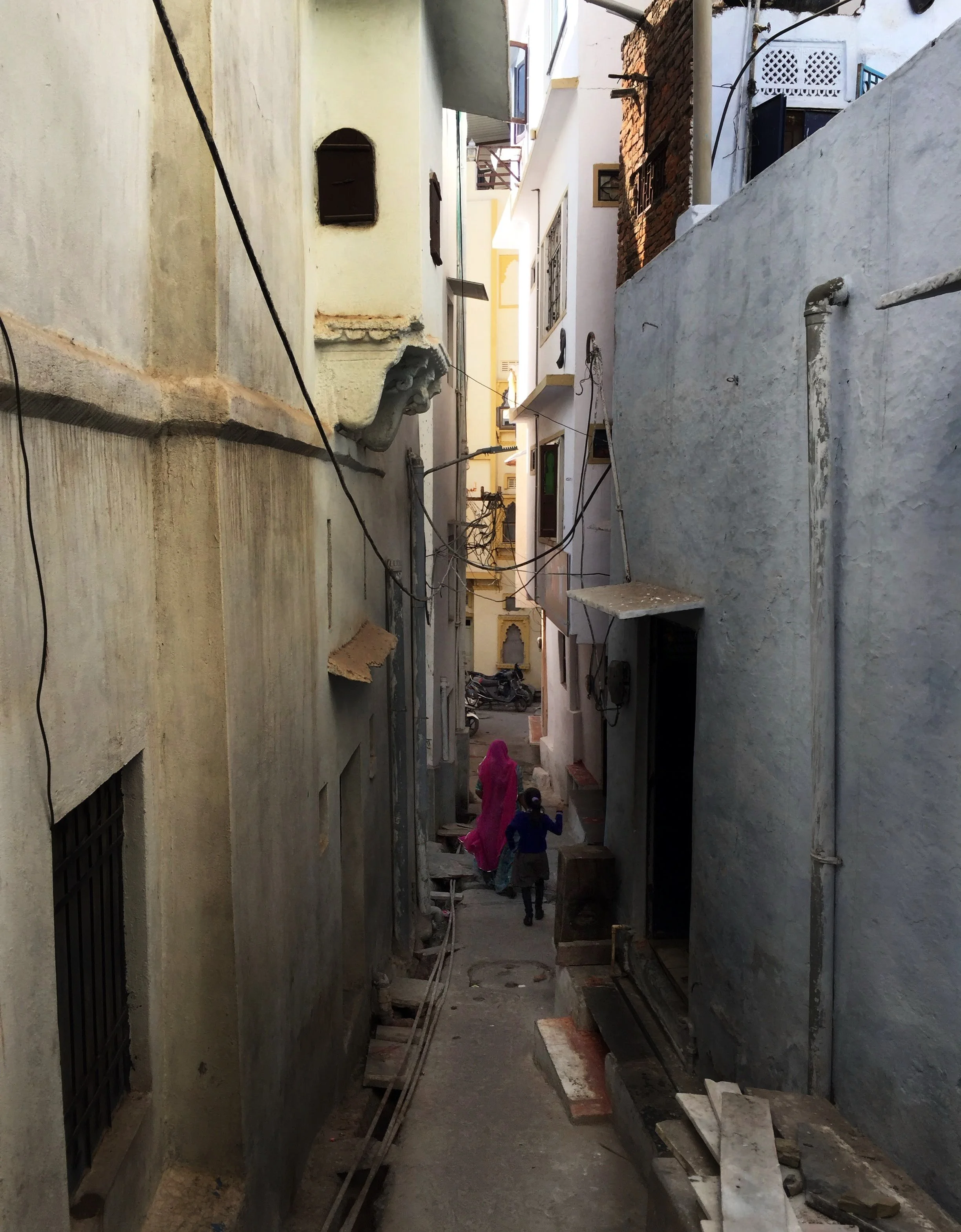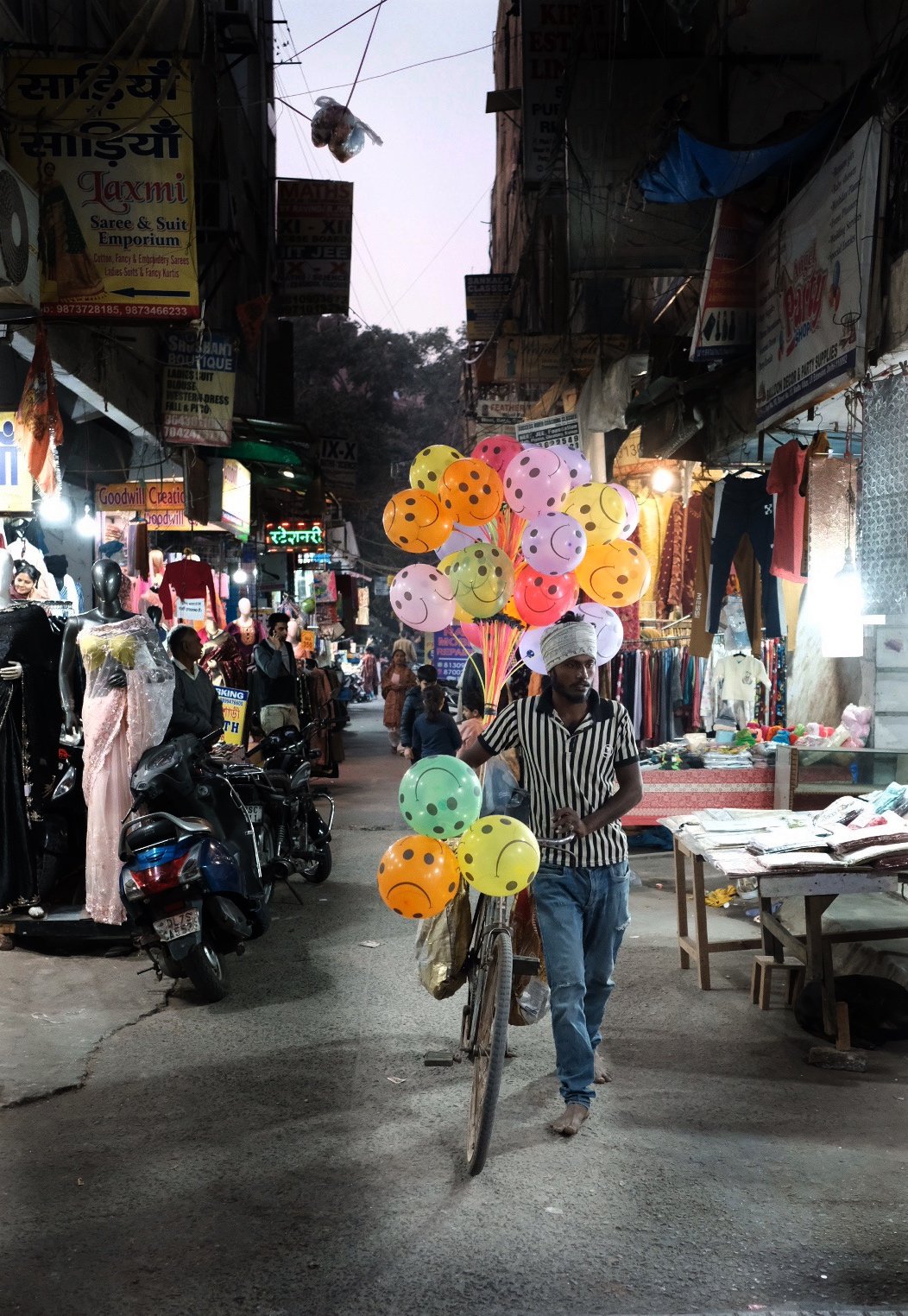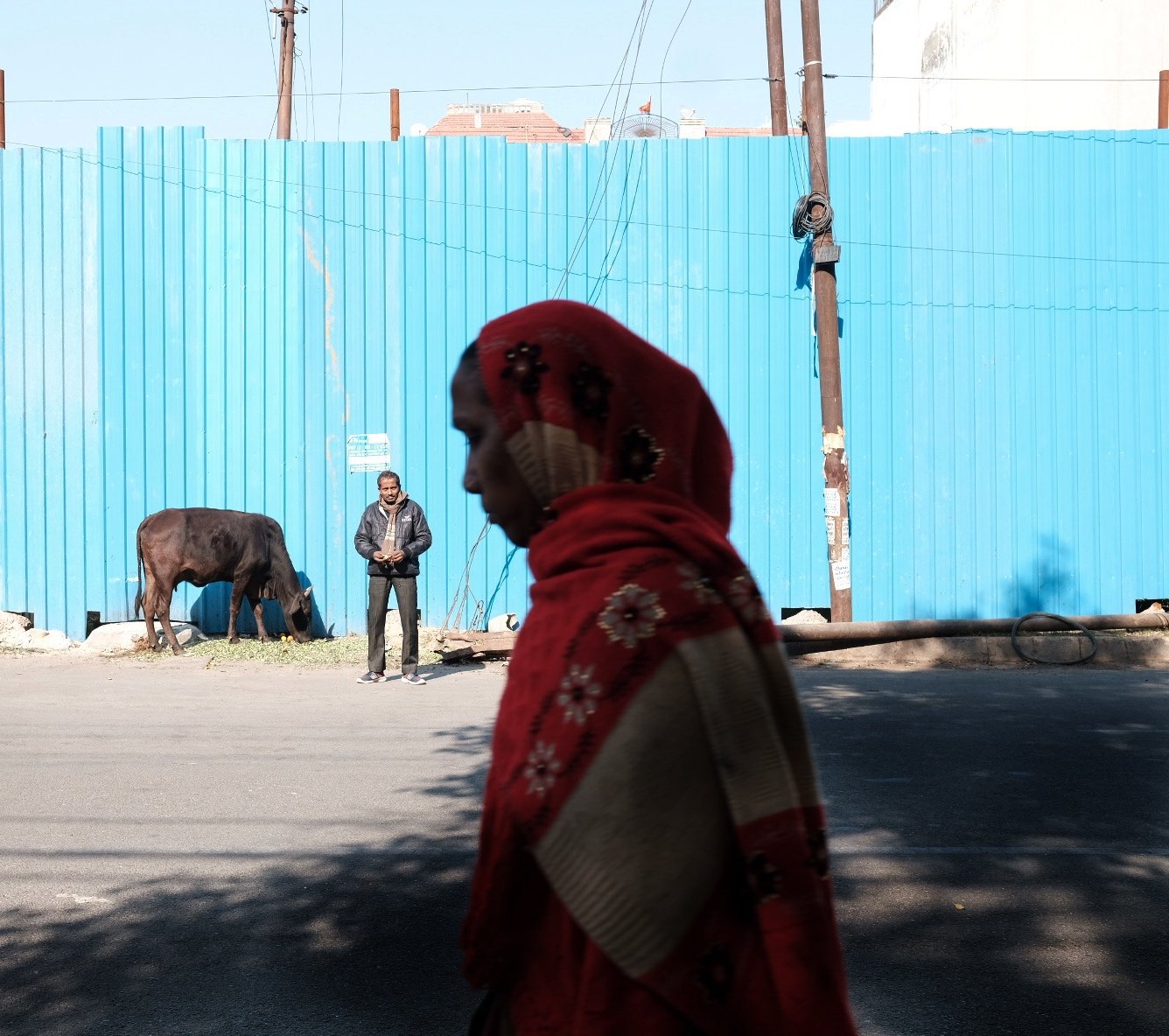The poetry of the ordinary
What an iconic painting from the 17th century and modern street photography have in common
Around three hundred and twenty five years ago, Johannes Vermeer painted a modest scene of daily life in his hometown of Delft. Little did he know that it would not only add a new dimension to the world of painting but impact an art form which was yet to come into existence.
‘The Little Street’ as the now iconic painting is known is a deceptively simple composition: two women busy with their chores, two children playing, and a closed door hiding an unseen world. Nothing extraordinary happens in this painting. No grand narrative, no heroic figures. And yet, it holds a timeless power—a quiet celebration of the ordinary that resonates even today.
At the time, this depiction was revolutionary. It shifted focus from the traditional topics of religion and aristocracy to the beauty inherent in ordinary life. Vermeer emphasized the significance of mundane activities, encouraging a recognition of honor and appeal in daily routines.
Fast forward several centuries, and this same spirit thrives in modern street photography. The unremarkable details of everyday life captured by photographers on bustling sidewalks and forgotten alleys echo Vermeer’s masterpiece. Both remind us that the ordinary is not just worth noticing—it is where life’s essence resides.
1. Attention to Detail: Vermeer’s brushstrokes capture textures—the weathered walls, the rough pavement, the soft fabric of the women’s clothing. Street photographers mirror this meticulous attention, framing peeling posters, dappled light, or the rhythm of shadows on a sidewalk. Both elevate the specific to the universal, showing us that small details tell big stories.
2. A Sense of Place: The Little Street is as much about Delft as it is about its inhabitants. The buildings, the street, and the sky root the scene in a tangible reality. Similarly, street photography often serves as an ode to the spaces we inhabit, revealing the character of cities through their people and architecture.
3. Human Connection: The women and children in the painting feel alive, caught mid-action. Their lives are unknowable yet relatable, much like the anonymous subjects of street photography. A stranger caught midstep, a thoughtful pause, offering a fragment of a story, inviting us to imagine the rest.
4. Timelessness in the Transient: Vermeer captured a moment that could have disappeared without a trace, just as street photographers preserve fleeting instants that would otherwise be forgotten. A painting from the 1650s and a photo snapped yesterday might seem worlds apart, but both remind us that life is a series of ephemeral moments, each carrying its own quiet significance.
‘The Little Street’ is more than a painting; it is an invitation to slow down. It asks us to cherish the spaces we inhabit and the lives we lead, however unremarkable they may seem. Similarly, street photography is more than an art form—it is a way of living, a practice of noticing and valuing the ordinary.
In a world obsessed with the extraordinary, perhaps the most radical thing we can do is pay attention to the quiet moments. They are the threads that weave the fabric of our lives, the stories we carry, the memories we keep.
So whether you’re holding a camera or simply walking down the street, take a moment to pause. Look around. The world is brimming with beauty—not the loud, showy kind, but the kind that whispers, waiting for you to notice. And when you do, you might find that the ordinary is, in fact, filled with poetry.

